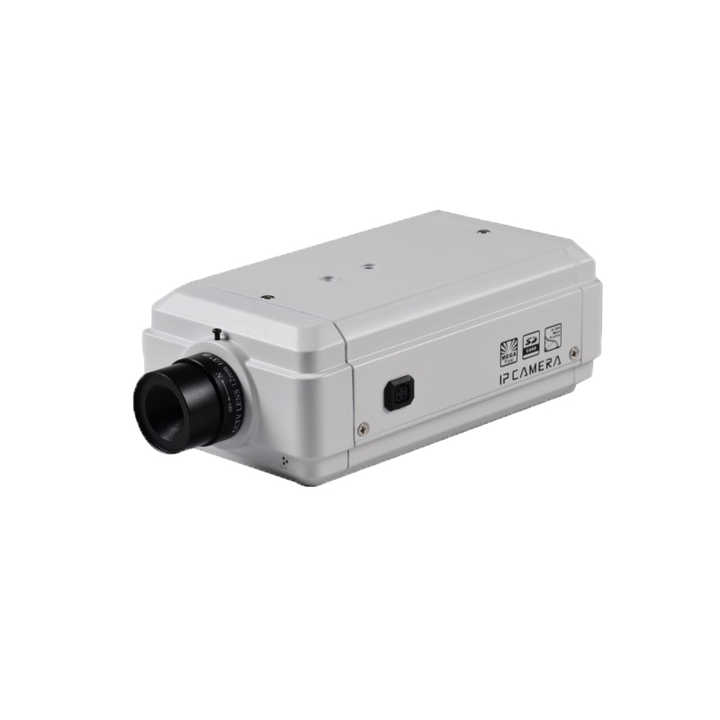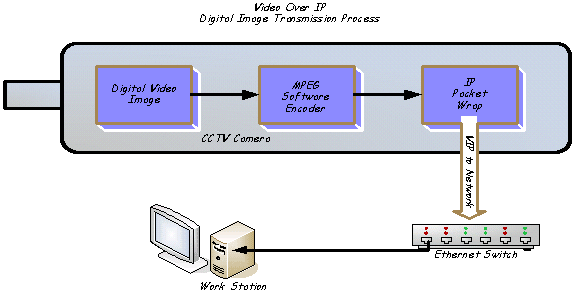Why CCTV Fibre Optic Cable is the Future of Efficient Security Systems
Why CCTV Fibre Optic Cable is the Future of Efficient Security Systems
Blog Article
Exactly How CCTV Cameras With Fiber Optic Output Enhance Long-Distance Tracking
CCTV cams geared up with fiber optic outcome stand for a significant development in long-distance security innovation, providing unmatched benefits over standard systems. By leveraging the properties of light transmission through optical fiber, these cameras ensure high-definition video clip high quality remains intact across comprehensive distances while efficiently reducing electromagnetic interference. This technology not only enhances photo clarity however also streamlines setup procedures and source allocation. As we explore the effects of this innovation, one have to consider just how these advancements are reshaping the landscape of protection and tracking systems in different applications.

Comprehending Fiber Optic Technology
Fiber optic technology is progressively made use of in long-distance tracking applications as a result of its phenomenal ability for data transmission. This technology utilizes thin hairs of glass or plastic fibers to transmit information as light signals, considerably reducing the attenuation frequently linked with typical copper wires. The inherent properties of fiber optics enable for the transmission of huge quantities of data over substantial ranges without loss of high quality, making it an ideal option for applications needing trusted communication.
The principle of total inner representation promotes the effective transmission of light within the fiber, making sure high transmission capacity and rate. Unlike electric signals in steel cable televisions, optical fiber are immune to electromagnetic interference, improving the honesty of information transmission. This particular is especially useful in atmospheres with high degrees of electric noise, such as commercial settings or city locations.
Additionally, fiber optic cords are lighter and more flexible than their copper counterparts, which streamlines setup and reduces structural load. With their toughness and resistance to ecological elements, optical fiber are well-suited for outside applications, thus expanding the reach of keeping track of systems. Because of this, fiber optic modern technology is coming to be a foundation in modern-day security services, successfully addressing the challenges of long-distance tracking.
Advantages of Fiber Optic CCTV
Using fiber optic innovation in CCTV systems offers numerous benefits that enhance security capabilities. One of the main advantages is the ability to transfer high-def video over fars away without significant signal degradation. Unlike conventional copper cables, optical fiber can preserve video high quality over extensive runs, making them suitable for large properties or remote surveillance areas.
Additionally, fiber optic cords are much less prone to electromagnetic interference, which can misshape signals in traditional systems. This ensures clearer pictures and undisturbed service, critical for safety and security monitoring. Furthermore, fiber optics are naturally a lot more protected, as intercepting signals requires specific tools, therefore offering an extra layer of defense against unapproved access.
The light-weight and small nature of fiber optic cable televisions also streamlines installment, enabling easier transmitting through limited areas and reducing total labor prices. Their longevity makes them immune to ecological variables such as moisture and temperature fluctuations, expanding the lifespan of the monitoring system.
Finally, fiber optic systems can support a higher number of cameras on a single network, optimizing resources and supplying scalability for future expansion. These benefits make fiber optic CCTV systems an exceptional option for modern-day surveillance requirements.
Contrast With Traditional Equipments
When contrasting CCTV systems, traditional arrangements commonly fall brief in a number of essential locations, particularly in regards to range and signal integrity. Conventional coaxial cord systems commonly face substantial signal destruction over fars away, restricting reliable monitoring ranges to roughly 300 feet (cctv fibre optic cable). Beyond this threshold, photo clarity reduces, leading to prospective unseen areas and minimized monitoring performance
In contrast, fiber optic systems maintain signal honesty over much higher ranges, often going beyond several miles without loss of top quality. This is largely due to their ability to transmit information as light signals, which are much less vulnerable to electro-magnetic interference than electrical signals made use of in imp source conventional systems.
Furthermore, standard systems require more comprehensive maintenance and troubleshooting due to their vulnerability to ecological elements such as wetness and electromagnetic sound. Fiber optic systems, alternatively, deal improved resilience and reduced maintenance costs, as they are much less vulnerable to damages.
Applications in Long-Distance Surveillance
The advantages of modern CCTV systems in maintaining signal integrity over fars away open up a variety of applications for long-distance monitoring. One considerable application is in metropolitan monitoring, where communities release fiber optic CCTV systems to keep track of public spaces, improving safety and security and discouraging criminal task. These systems give continuous, premium video feeds that are critical for effective regulation enforcement and emergency response.
One more essential application is in industrial settings, where remote monitoring of making procedures and unsafe locations is crucial. Fiber optic CCTV can stand up to extreme environments and transfer information over long distances without loss of high quality, permitting real-time oversight and decreasing threats to personnel.
Furthermore, vital infrastructure such as airports, trains, and pipes take advantage of long-distance CCTV tracking. Safety groups can supervise big areas from streamlined control areas, ensuring fast response to any kind of occurrences.
Furthermore, in agricultural setups, farmers utilize long-distance CCTV to keep track of crops and livestock, aiding to boost productivity and safety and security. In general, the versatility and dependability of fiber optic CCTV systems make them indispensable throughout numerous fields, enabling comprehensive security solutions tailored to specific requirements.
Future Patterns in Security Technology
Exactly how will innovations in technology reshape the landscape of monitoring? The future of monitoring modern technology is positioned for significant improvement, driven by technologies such as expert system (AI), device learning, and edge computing. These technologies allow real-time information evaluation, enabling fast identification of prospective hazards and improved situational recognition.
AI-powered analytics will certainly improve the precision of face recognition systems, decreasing false positives and making it possible for much more effective tracking of people. The integration of Net of Points (IoT) tools will help with a smooth network of interconnected surveillance systems, boosting monitoring capabilities across large areas.
Another trend is the shift towards cloud-based storage options, which offer scalable data management and ease of access. This will allow organizations to keep huge go now amounts of video clip data without the limitations of physical storage, while ensuring that information is quickly retrievable.

Verdict
Finally, CCTV electronic cameras outfitted with fiber optic output represent a substantial improvement in long-distance tracking abilities. The utilization of fiber optic innovation makes sure high-def video clip transmission over substantial distances without high quality deterioration, while also giving resistance to electromagnetic interference. The lightweight and flexible nature of these systems helps with streamlined installment and resource optimization. As surveillance innovation remains to progress, the fostering of fiber optic services will likely play a crucial role in enhancing safety and security throughout diverse applications.
Report this page